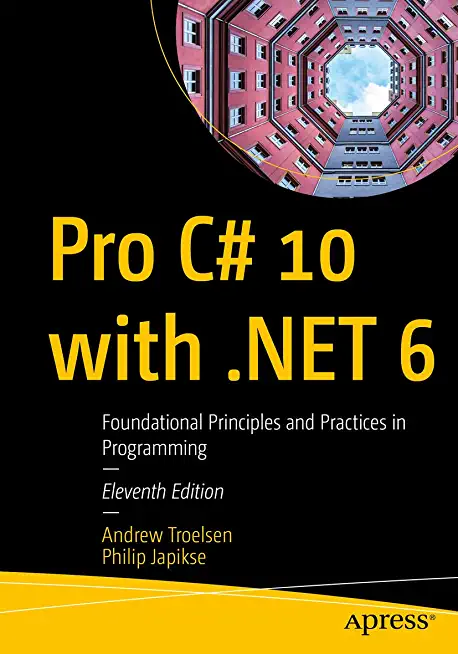Gentle Java and OO Development Using Rational Application Developer (RAD) Training in Escondido
|
We offer private customized training for groups of 3 or more attendees.
|
||
Course Description |
||
| This course covers the core OO and Java concepts that developers need to
use the Java programming language to create well designed Java programs.
It focuses on key OO capabilities and how to use them in Java. This
includes material on creating well designed Java classes, using
encapsulation, building more complex functionality with composition, and
using inheritance to share functionality and create specialized types.
Understand Java's importance, uses, strengths and weaknesses. Understand
Java language basics. Write, compile, and run Java programs. Understand
the Object Model and Object Oriented Programming. Understand and use
classes, inheritance, polymorphism. Create well designed classes and use
them in your Java programs. Use composition and delegation to create
objects from other objects. Understand & use packages to organize
code. Be familiar with more advanced concepts such as inheritance and
JDBC. Learn good Java coding style. Create well structured Java
programs. Compile and execute programs with the Java JDK and with an
Integrated Development Environment (IDE) of your choice. Use the newest
features of Java.
Course Length: 4 Days
Course Tuition: $2250 (US) |
||
Prerequisites |
|
| A working knowledge of Java. | |
Course Outline |
|
1: A First Look
A Simple Java Class
Java’s “Hello World” Program
LABS:
Hello World: A Simple Application
2: Java Basics
Language and Platform Features
Program Life Cycle
The Java SE Development Kit (JDK)
LABS:
Working with the Development Environment
3: Class and Object Basics
The Object Model and Object-Oriented Programming
Classes, References, and Instantiation
Adding Data to a Class Definition
Adding Methods (Behavior)
LABS:
Exploring Types and Object Instances
Writing and Using a Class Definition with Fields and Methods
4: More on Classes and Objects
Accessing data, the "this" variable
Encapsulation and Access Control, public and private Access
Constructors and Initialization
static Members of a Class
Scopes, Blocks, References to Objects
LABS:
Encapsulation / Access Protection
Writing and Using Constructors
(Optional) Static Members
Using the Debugger
5: Flow of Control
Branching: if, if-else, switch
Iteration: while, do-while, for, break, continue
LABS:
Flow of Control / Data Validation
6: Strings and Arrays
String, StringBuffer, StringBuilder
Arrays, Primitive Arrays, Arrays of Reference Types
varargs
LABS:
Using Strings and Arrays
7. Packages
Package Overview - Using Packages to Organize Code
import statements
Creating Packages, package Statement, Required Directory Structure
Finding Classes, Packages and Classpath
LABS:
Using Packages to Organize Code
Session 8: Composition and Inheritance
Using Composition to Deal With Complexity
Composition/HAS-A, Delegation
Using Inheritance and Polymorphism to share commonality
IS-A, extends, Inheriting Features, Overriding Methods, Using Polymorphism
Class Object
Abstract Classes
LABS:
(Optional) Working with Composition
Using Inheritance to Specialize Classes
Session 9: Interfaces Overview
Using Interfaces to Define Types
Interfaces and Abstract Classes
Session 10: Exceptions
Exceptions and the Exception Hierarchy
try and catch
Handling Exceptions
Program Flow with Exceptions
finally
LABS:
Throwing and Handling Exceptions
Session 11: JDBC
JDBC basics
JDBC Architecture
Using JDBC drivers & DriverManager
Class Connection and connecting to a database
Class Statement and executing SQL statements
Other statement types
LABS:
Connecting and Querying using JDBC
Session 12: Java Collections and Generics
The Collections Framework and its API
Collections and Java Generics
Collection, Set, List, Iterator
Autoboxing
for-each Loop
LABS:
Using Lists and Generics
Session 13: Additional Java Features
Type-safe Enums
Additional Features in Java 6 and Java 7
|
Course Directory [training on all levels]
- .NET Classes
- Agile/Scrum Classes
- AI Classes
- Ajax Classes
- Android and iPhone Programming Classes
- Azure Classes
- Blaze Advisor Classes
- C Programming Classes
- C# Programming Classes
- C++ Programming Classes
- Cisco Classes
- Cloud Classes
- CompTIA Classes
- Crystal Reports Classes
- Data Classes
- Design Patterns Classes
- DevOps Classes
- Foundations of Web Design & Web Authoring Classes
- Git, Jira, Wicket, Gradle, Tableau Classes
- IBM Classes
- Java Programming Classes
- JBoss Administration Classes
- JUnit, TDD, CPTC, Web Penetration Classes
- Linux Unix Classes
- Machine Learning Classes
- Microsoft Classes
- Microsoft Development Classes
- Microsoft SQL Server Classes
- Microsoft Team Foundation Server Classes
- Microsoft Windows Server Classes
- Oracle, MySQL, Cassandra, Hadoop Database Classes
- Perl Programming Classes
- Python Programming Classes
- Ruby Programming Classes
- SAS Classes
- Security Classes
- SharePoint Classes
- SOA Classes
- Tcl, Awk, Bash, Shell Classes
- UML Classes
- VMWare Classes
- Web Development Classes
- Web Services Classes
- Weblogic Administration Classes
- XML Classes
- RHCSA EXAM PREP
17 November, 2025 - 21 November, 2025 - Python for Scientists
8 December, 2025 - 12 December, 2025 - RED HAT ENTERPRISE LINUX SYSTEMS ADMIN II
8 December, 2025 - 11 December, 2025 - Fast Track to Java 17 and OO Development
8 December, 2025 - 12 December, 2025 - Introduction to Spring 6, Spring Boot 3, and Spring REST
15 December, 2025 - 19 December, 2025 - See our complete public course listing
Java Programming Uses & Stats
|
Difficulty
|
Popularity
|
Year Created 1995 |
|
Pros
Most Commonly Used:
Great Career Choice:
Android Apps Development:
It Can Run On Any Platform:
Great Supporting IDE's: |
Cons
Uses a Lot of Memory:
Difficulty in Learning:
Slow Start Up Times:
Verbose and Complex Code:
Commercial License Cost: |
| Java Programming Job Market |

Average Salary
|

Job Count
|

Top Job Locations
New York City |
|
Complimentary Skills to have along with Java Programming
- If you are an experienced Java developer, learning a complimentary language to Java should come much more naturally. As an example JetBrains recently created the Kotlin programming language which is officially supported by Google for mobile development. Kotlin compiles to Java bytecode and runs on the JVM; it's purported to address many of Java's shortcomings... |






